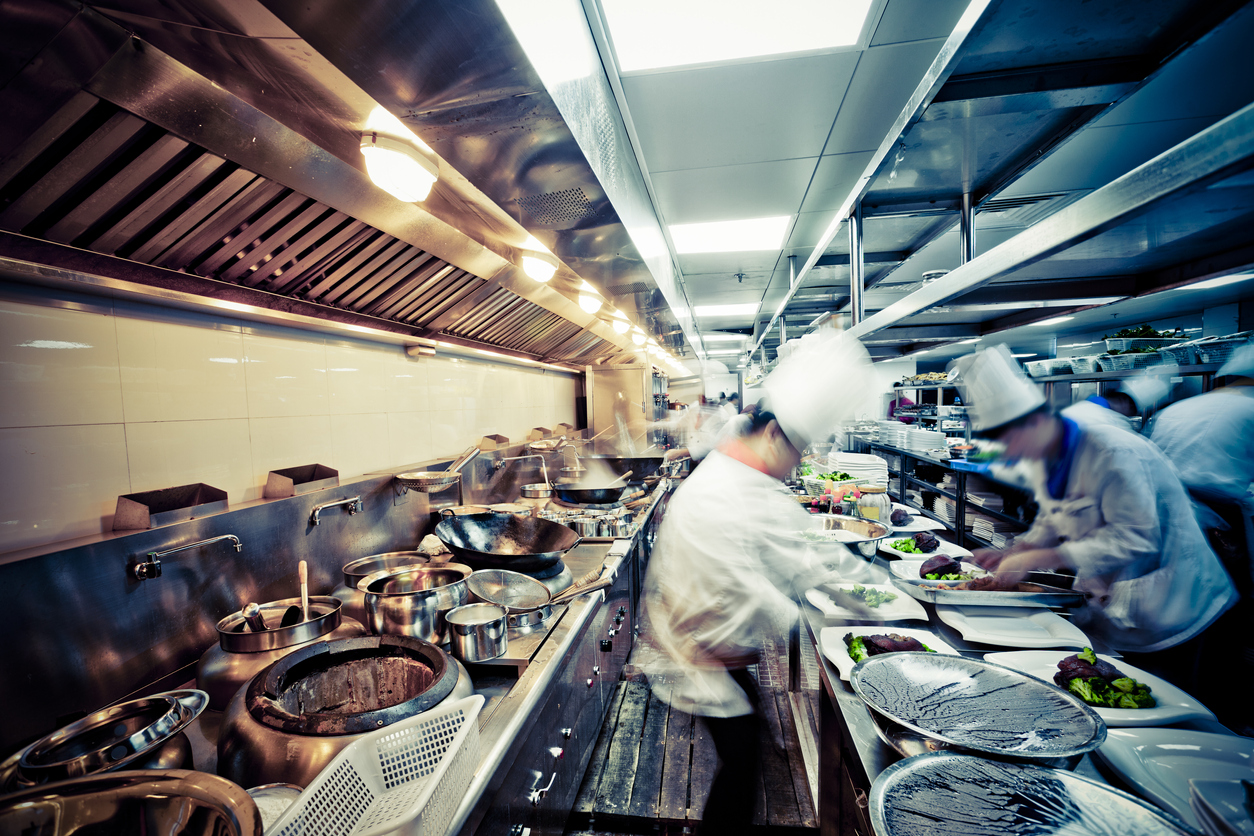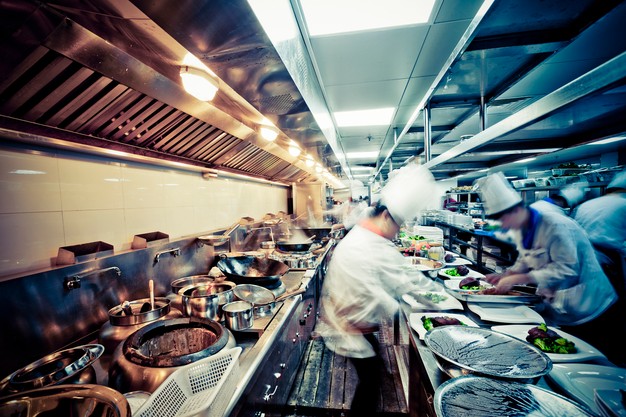
Restaurants are places full of people, life, and business. All of those things require significant energy, but with an energy-saving strategy and an understanding of just how much energy a restaurant needs, that much energy doesn’t have to break the bank.
In fact, ENERGY STAR reports restaurants typically use about 2.5 times more energy per square foot than other commercial buildings.
Energy is a huge influence on running up restaurant costs, and something every restaurant owner must address. With a rundown on some quick energy-saving tips for your restaurant, you can keep those energy costs low.
What Can Be Done?
By following a simple checklist throughout the restaurant, energy costs can be lowered through simple tweaks such as:
Turning off equipment when not being usedChanging air filters every monthCheck air temperaturesSetting hot water temperature to 130 ̊F
ResponsibleEnergy states an uninsulated hot food holding cabinet left running every night could cost as much as $500 per year. This is just one of many tips restaurant owners can use to cut energy costs.
Additionally, dropping the temperature of water by 5 degrees for one year can result in a 6 percent decrease in the total natural gas. These two simple changes will already begin reducing costs in two very popular (and expensive!) areas of the restaurant.
The equipment that keeps the kitchen open draws energy, so it’s important to determine how to be more efficient. Older equipment is much less efficient than today’s selection, so by upgrading the kitchen, restaurant owners can save big on their energy bills
Creating an Energy-Saving Strategy
ENERGY STAR outlines energy waste as a major problem every restaurant encounters when adopting an energy-saving strategy. Any contributing energy left running in the restaurant unused produce energy waste.
Since 2010, food waste has been the single largest component of municipal solid waste reaching landfills and incinerators. The energy created by this equipment is a heavy anchor for any conscious restaurant owner. By taking on an energy strategy, a restaurant can save up to 25 percent annually in energy bills.
Cutting energy costs means a combination of equipment maintenance, upgrading, and smart use. Replacing aging equipment is one great long-term answer to high energy costs. Knowing when to replace wasteful equipment is a must for restaurant owners in their plans.
Kitchen infrastructure can also be adjusted to be more energy-efficient. Adding inexpensive side panels is just one simple way to have a long-term solution in place for the kitchen’s energy footprint in the wallet. For more on how to reduce energy consumption in a restaurant, ask the energy experts at GWT2Energy.
At GWT2Energy, we develop strategies for restaurants to implement their own energy-saving strategies. Our extensive experience of working years in the restaurant industry allows us to create the perfect energy solution for your restaurant operation. Using real data from your business, together we find out the most effective ways to help you save on energy.
To learn more about how we can help cut energy costs today, please feel free to contact us.




